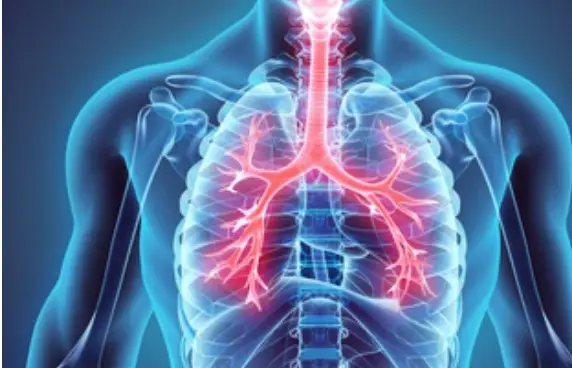 Welcome
Welcome
“May all be happy, may all be healed, may all be at peace and may no one ever suffer."
- A
- B
- C
- D
- E
- F
- G
- H
- I
- J
- K
- L
- M
- N
- O
- P
- Q
- R
- S
- T
- U
- V
- W
- X
- Y
- Z
General anesthesia - Generics
General anesthesia is a medical procedure that is used to induce a temporary loss of sensation and consciousness in a patient for the purpose of performing a medical procedure or surgery. During general anesthesia, the patient is completely unconscious and unable to feel pain or other sensations.
The process of inducing general anesthesia involves administering medications, such as anesthetic gases and intravenous drugs, that affect the central nervous system and cause the patient to lose consciousness. The medications are usually administered by an anesthesiologist, who is a medical doctor trained in anesthesia.
Once the patient is under general anesthesia, their breathing and other vital signs are closely monitored by the anesthesiologist and a team of nurses and other medical professionals. The patient may also be given additional medications to keep them relaxed and comfortable during the procedure.
General anesthesia is commonly used for a variety of surgical procedures, including:
- Major surgeries, such as open-heart surgery, brain surgery, and abdominal surgery.
- Minor surgeries, such as dental procedures, biopsies, and colonoscopies.
- Diagnostic procedures, such as MRI scans and CT scans.
General anesthesia is generally considered safe when administered by a trained medical professional in a controlled medical setting. However, like any medical procedure, there are some risks and potential complications associated with general anesthesia, including:
- Allergic reactions to the medications used for anesthesia.
- Breathing problems, such as lung infections or pneumonia.
- Nausea and vomiting.
- Postoperative confusion or delirium.
- In rare cases, nerve damage or other serious complications.
If you are scheduled to undergo a medical procedure that requires general anesthesia, it is important to talk to your healthcare provider about the potential risks and benefits of the procedure, as well as any other concerns you may have. They can provide you with information and advice to help you make an informed decision about your healthcare.

Cerebrovascular disease

Pain and fever

Bacterial Meningitis caus...

Lower Respiratory Tract I...

Flaking scalps

Obsessive-compulsive diso...

Reducing cholesterol leve...

Erysipelas
General anesthesia, সাধারণ অ্যানেশথেসিয়া
To be happy, beautiful, healthy, wealthy, hale and long-lived stay with DM3S.